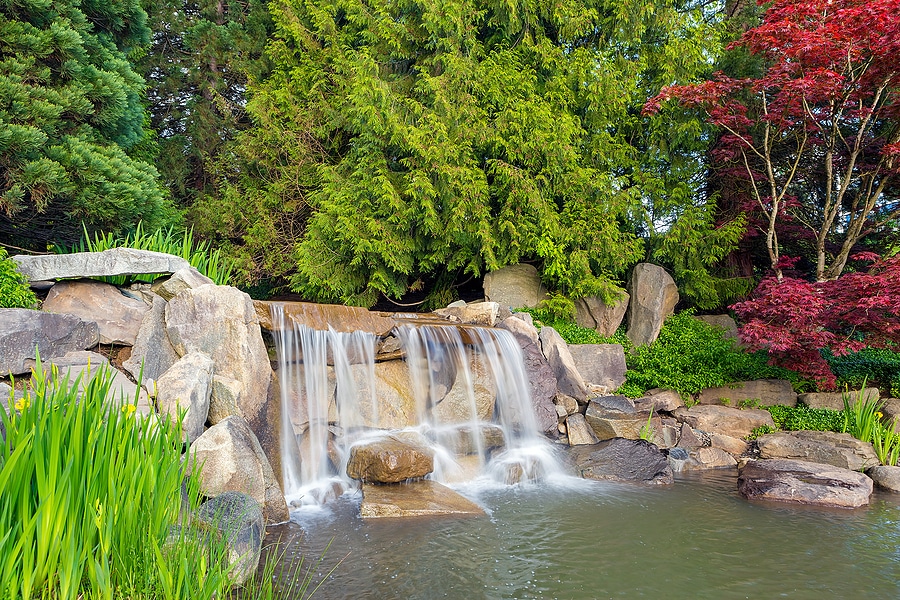Sustainable Playground Design: Eco-Friendly Ideas for Community Play Spaces

As communities seek to provide enriching environments for children to play, the focus on sustainable playground design has become increasingly important. Eco-friendly playgrounds not only reduce the environmental impact but also foster a sense of connection to nature, inspiring children to appreciate and protect the planet. Here’s a look at some key ideas for designing sustainable playgrounds that are fun, safe, and kind to the earth.
1. Use Recycled and Sustainable Materials
One of the simplest ways to create an eco-friendly playground is by using recycled and sustainable materials. For instance, playground equipment made from recycled plastics, metals, or rubber can significantly reduce waste. Instead of using traditional plastic slides or swings, opt for equipment crafted from reclaimed wood or recycled composite materials.
Rubber flooring made from recycled tires is another eco-friendly option, offering a soft and safe landing surface while reusing materials that would otherwise end up in landfills. Incorporating recycled materials not only supports sustainability but also adds a unique aesthetic to the playground, setting it apart from standard designs.
2. Incorporate Natural Elements
Designing playgrounds that integrate natural elements fosters a child’s connection to the environment while promoting imaginative play. Instead of relying solely on traditional equipment, consider incorporating features like rock boulders, tree stumps, logs, and sand. These natural structures not only provide unique play opportunities but also encourage children to engage with and appreciate nature.
In West Valley City, adding living elements such as grassy hills, sensory gardens, and water features can enhance the play experience further. Surrounding the playground with native plants not only supports local biodiversity but also creates habitats for birds, butterflies, and other wildlife. This approach transforms the playground into a mini-ecosystem, offering valuable educational opportunities about nature and conservation.
3. Use Sustainable Landscaping
Sustainable landscaping practices can further enhance the environmental benefits of a playground. Start by choosing native plants, which require less water and maintenance than non-native species. Native plants are more resistant to local pests and diseases, reducing the need for harmful pesticides and fertilizers.
Installing permeable surfaces, such as gravel, mulch, or permeable rubber, instead of concrete or asphalt, helps manage stormwater runoff. This practice allows rainwater to seep into the ground, replenishing the water table rather than contributing to erosion or pollution. Additionally, incorporating rain gardens or bioswales can help filter pollutants from runoff, promoting a healthier environment.
4. Embrace Renewable Energy
Powering playground equipment with renewable energy is another sustainable design choice. Solar-powered lighting is a great option for playgrounds, as it can help reduce energy costs while minimizing carbon emissions. Solar panels can also be used to power interactive play features, such as musical instruments or splash pads, adding an element of fun while promoting clean energy use.
For playgrounds located in particularly windy areas, small wind turbines can be incorporated to generate energy for powering equipment or lighting. By introducing children to renewable energy technologies, playgrounds can also serve as educational spaces that teach kids about sustainability and alternative energy sources.
5. Prioritize Durability and Low Maintenance
When designing a sustainable playground, it’s important to choose materials and equipment that are durable and require minimal maintenance. Using high-quality materials that can withstand harsh weather conditions and frequent use reduces the need for replacement, thereby reducing waste over time.
Opt for equipment with long warranties, ensuring that they are built to last. Additionally, low-maintenance landscaping, such as xeriscaping, can be utilized to minimize the need for watering and upkeep, further enhancing the playground’s sustainability.
6. Create Inclusive and Accessible Play Spaces
Sustainability also involves creating playgrounds that are inclusive and accessible for children of all abilities. Design features such as wide pathways, wheelchair-accessible equipment, and sensory play elements can make the space welcoming for everyone.
By making playgrounds accessible, communities can reduce the need for separate play areas, minimizing the environmental impact associated with constructing additional facilities. This approach also promotes social inclusion, allowing children to learn and play together regardless of physical abilities.
7. Educate and Engage the Community
Sustainable playground design doesn’t end with construction. Ongoing community engagement and education are essential for maintaining and promoting the eco-friendly aspects of the space. Hosting educational programs about the importance of sustainability, conservation, and local wildlife can foster a sense of ownership and stewardship among community members.
Encouraging volunteerism for playground maintenance, such as organizing community clean-up days or native planting events, helps keep the playground in good condition while reducing costs and environmental impact. When the community is actively involved, the playground becomes more than just a play space; it becomes a hub for environmental learning and connection.
In Conclusion
Designing sustainable playgrounds is an investment in the future—one that benefits both children and the environment. By using recycled materials, incorporating natural elements, practicing sustainable landscaping, and embracing renewable energy, communities can create play spaces that are eco-friendly and educational. Prioritizing durability and inclusiveness ensures that these playgrounds can be enjoyed by all for years to come. Through community engagement, these green play spaces can become cherished local landmarks, instilling a lifelong appreciation for nature and sustainability in the next generation.
Building eco-friendly playgrounds is more than just a trend; it’s a commitment to creating a healthier, more sustainable world.